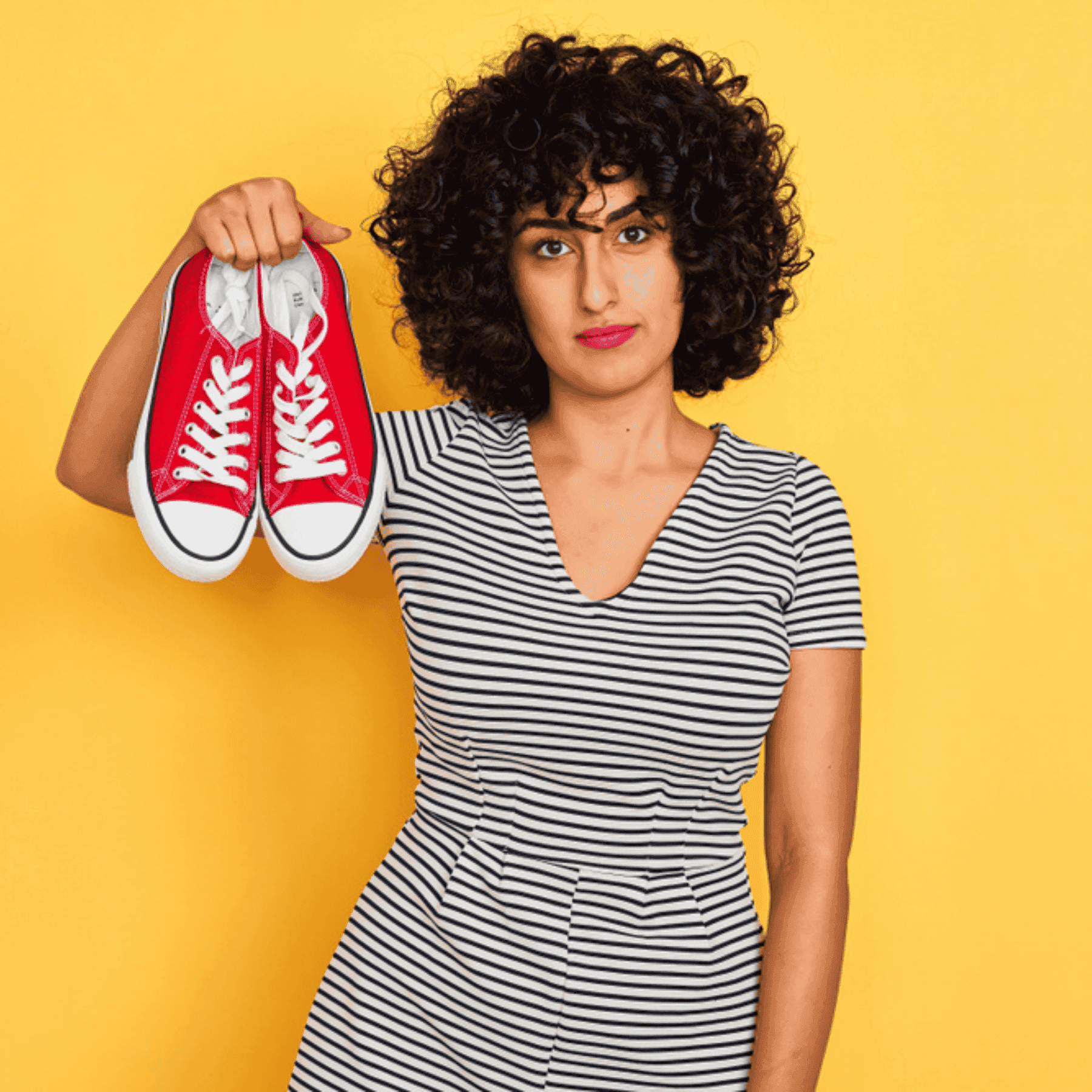
Footwear Guide
•04 min read

Choosing the right shoes to wear with sherwani is an art. Your choice of footwear not only complements the intricate designs of the sherwani but also speaks volumes about your style and cultural pride. In this guide, you will learn what shoes to wear with sherwani, discover the best footwear for sherwani, and get tips on how to style sherwani with shoes for a truly remarkable look.
The right footwear enhances the beauty of your sherwani. It draws attention to the exquisite embroidery and fabric work. On the other hand, wearing mismatched shoes may take away from the elegance of ethnic attire. Choosing classic shoes for wedding sherwani ensures your look stays polished and refined.
Traditional shoes for sherwani, like juttis for sherwani and mojaris for sherwani, have deep cultural roots. These ethnic footwear for men are not only a nod to heritage but also a statement of detailed craftsmanship. In modern times, formal shoes for sherwani have evolved. Sleek leather loafers and stylish monk straps now blend tradition with contemporary designs, offering sherwani footwear options that suit both festive and semi-formal events.
Juttis and mojaris have long been the go-to choices when deciding what shoes to wear with sherwani. Known for their unique designs and intricate embellishments, these traditional shoes make a perfect match for heavy embroidered sherwanis. Their variety in materials and styles makes them ideal for weddings and festive events.
For a modern look, many are choosing formal shoes for sherwani such as leather loafers, monk straps, and brogues. These shoes work best with Indo-Western sherwanis or those with minimalist designs. They showcase a stylish balance between classic ethnic charm and modern sophistication.
If you are looking for comfort with a touch of tradition, ethnic sandals and Kolhapuris are excellent alternatives. These shoes are versatile and pair well with light sherwani fabrics, making them a popular choice for summer weddings or casual ethnic events.
For grooms who want a regal statement, velvet loafers or embroidered shoes are the perfect choice. These luxurious options elevate the sherwani with a refined touch. They enhance the overall look, especially when the sherwani is adorned with intricate detailing.

Comfort should be a priority, especially during long ceremonies. It is important to try on shoes with sherwani trousers if possible. Look for cushioned insoles that provide support without sacrificing style. Ensuring the right fit will let you enjoy the moment without discomfort.
The durability of your chosen footwear is essential. Popular materials include leather, suede, and fabric-based shoes that offer breathability. Choose shoes that are well-made to withstand long hours of use while maintaining their style and structure.
Color plays a big role when it comes to pairing shoes with sherwani. Neutral tones like black, brown, and beige are versatile and match many sherwani shades. For a bold statement, consider shoes in gold or maroon that compliment the sherwani’s embellishments.
The choice of footwear can also depend on the occasion. For weddings, classic shoes for wedding sherwani like embroidered mojaris or velvet loafers are ideal. For semi-formal or festive events, modern options such as formal shoes for sherwani ensure your style remains on point.
Pairing traditional shoes for sherwani, such as juttis and mojaris for sherwani, with sherwanis featuring heavy embroidery can create a timeless look. Matching the texture and detailing of the footwear with the sherwani elevates the overall ensemble. Small details like coordinating belts or traditional jewelry can further complete the look.
If you love both tradition and modernity, experimenting with formal shoes for sherwani might be the way to go. Incorporating sleek loafers or monk straps can give your ensemble a contemporary edge, especially when paired with Indo-Western sherwanis. This mix brings together elements of heritage and modern style in a balanced way.

Did You Know? Opting for cushioned soles and breathable materials can make a world of difference, especially for grooms who will be on their feet for hours during ceremonies. Look for shoes with padded insoles and arch support to ensure comfort without compromising style.
To keep your juttis for sherwani and mojaris for sherwani looking their best, regular cleaning is key. Gently brush off dust and use suitable cleaning products to handle delicate embroidery. Store them in a cool, dry place to maintain their shape and prevent damage.
For leather and formal shoes, frequent polishing and conditioning helps in retaining their shine and structure. Use a soft cloth and appropriate cleaning solution, especially for velvet or suede shoes. This care routine will extend the life of your footwear while ensuring they always look fresh.
Traditional options like juttis and mojaris pair beautifully with sherwanis, while formal shoes such as loafers and brogues work well with Indo-Western styles.
Yes, loafers can complement sherwanis with minimalist or modern designs, making them a versatile option for semi-formal events.
Pair your sherwani with traditional footwear like juttis for sherwani or mojaris for sherwani for a classic look, or opt for formal shoes for sherwani for a contemporary twist.
For weddings, men can opt for embroidered juttis, mojaris, or velvet loafers to match the grandeur of the occasion.
Selecting the perfect shoes for your sherwani is a thoughtful process that blends tradition, comfort, and style. Whether you favor the timeless charm of traditional shoes for sherwani or the sleek look of formal shoes for sherwani, your footwear choice is essential in completing your ethnic ensemble. Embrace this guide as a step toward a confident and elegant look at your next event.